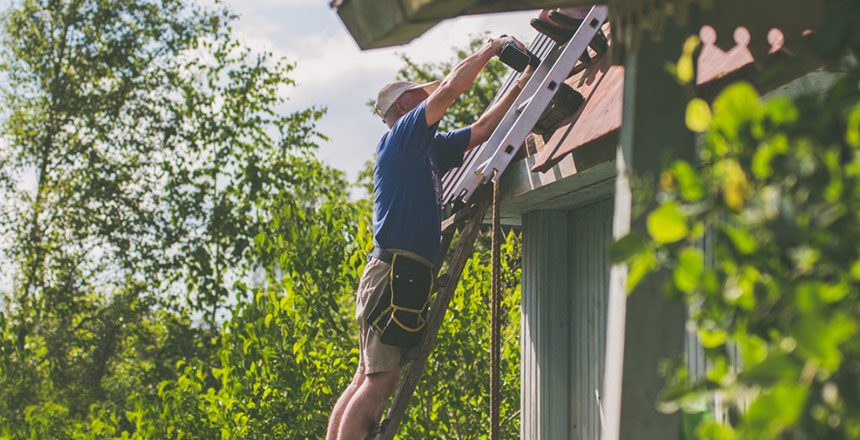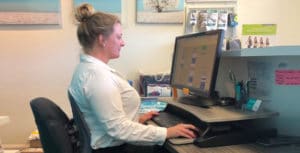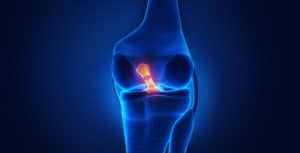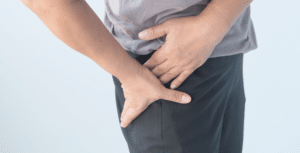Whether professional or amateur there appears to be a primal call for some fathers to assert their DIY prowess. I have many fond memories of my father asking me to help him build and fix things. These usually consisted of me standing nearby to “hold this hammer”, “shine the torch here.. No here”, or my favourite “I’m going on the roof. Hold this ladder” as I watched him ascend the rungs in his worn out thongs. His unabashed confidence in the structural integrity of his weathered shoewear never ceased to amaze me.
Whether professional or amateur there appears to be a primal call for some fathers to assert their DIY prowess. I have many fond memories of my father asking me to help him build and fix things. These usually consisted of me standing nearby to “hold this hammer”, “shine the torch here.. No here”, or my favourite “I’m going on the roof. Hold this ladder” as I watched him ascend the rungs in his worn out thongs. His unabashed confidence in the structural integrity of his weathered shoewear never ceased to amaze me.
Statistics
A study conducted by Bradley (2007) found that in the year 2004-2005 there were:
- 3,486 injury incidents due to a fall from a ladder which resulted in admission to hospital
- Four fifths of ladder-related injury incidents involved males
- Age-standardised rates of injurious falls from ladders were highest for males aged 65years and older
- Injuries to the elbow and forearm, knee and lower leg and injuries to the head were the most common
- Two-thirds of hospitalised injury incidents due to falls from ladders resulted in fractures
- Nearly 45% of injury incidents occurred in the home and high rates of falls from ladders were observed for older people (especially men) engaged in ‘other types of work’ (e.g.housework, home maintenance, DIY)
There is strong evidence to show that regular exercise is beneficial to improve your falls risk but there are a couple of things that need to be ticked off to be able to get the most out of your exercise routine.
First, it is recommended that you do up to 2 hours of exercise per week, and include moderate to high balance challenge exercises and strength training. A great example would be Tai Chi.
Evidence also shows that taking high doses of Vitamin D if you are deficient can help prevent fractures and falls.
There are also a couple of other things to consider that may increase your risk of falls such as wearing multifocals and taking psychoactive medication. Book in to see your local GP or optometrist to get more advice.
So what can you do?
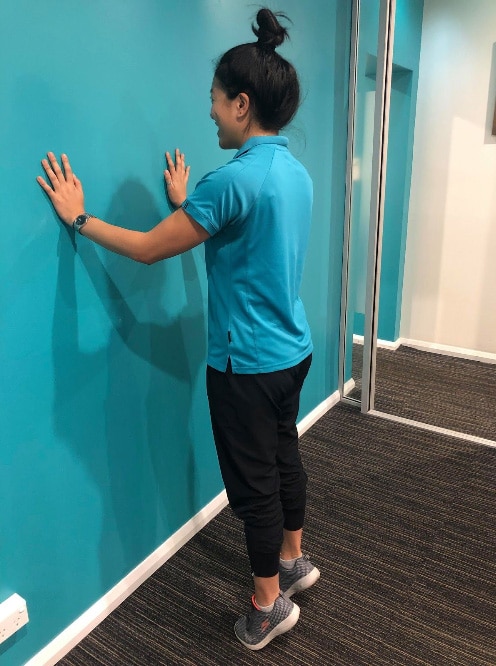
There a number of services that are available to help improve your balance and reduce your falls risk. You can go visit www.activeandhealthy.nsw.gov.au and search for a range of classes including gentle strengthening, yoga, Tai Chi local to your area.
Here is a basic balance and strengthening exercise you can do at home. All you need is a wall or chair to hold onto for balance.
Our clinic also offers a specific Seniors class on Mondays and Fridays with exercises tailored to improve your balance and overall strength. If you’re interested in knowing more, contact admin on 8065 0715.

